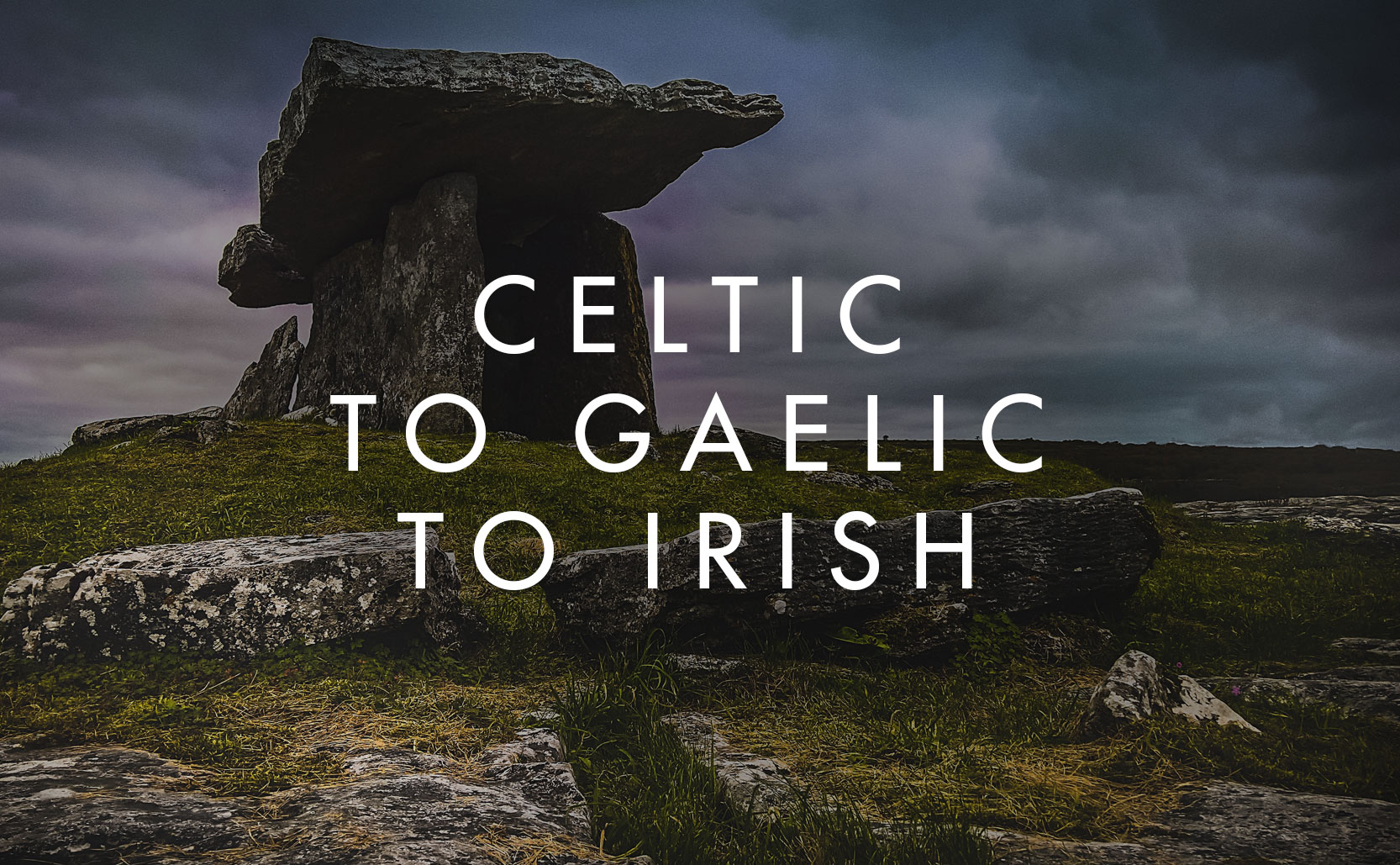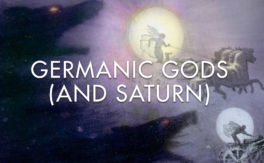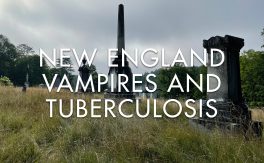What we call “Celtic” is a bit of a misnomer that misses the bigger picture
People use the term “Celtic” to generally describe traditional Irish (as well as Scottish and Welsh) types of art, literature, music, etc. Celtic crosses, Celtic dance, Celtic jewelry, Celtic tattoos even, all have a certain “look” we call Celtic, but it didn’t start out that way.
What we call “Celtic” is largely because of the Celtic Revival movements of the 19th & 20th centuries. This term constitutes a series of narrowly selected cultural elements from a limited range of time in the British Isles. While this generated renewed interest in these particular traditional cultures, the Celtic Revival movements also oversimplified (and flat-out got wrong) other elements of Celtic culture.
Celtic
The Celtic Revival focused on the Celtic cultures found in the British Isles, but the Celts were a lot bigger than that. The Celts were a mix of tribal peoples who originated in central Europe (more or less around Austria) a few thousand years ago. Pinning down exactly where the Celts came from and when they came into being is debatable.
Eventually the Celts worked their way westward claiming land across Europe and around the 6th century BCE began migrating up into the British Isles. In 1st century BCE the Romans expanded their empire, killing off many of the Celts in mainland Europe in the process. As a result the primary surviving Celtic cultures were in the British Isles but a few small pockets of territory along coastal Western Europe also survived.
Part of this culture was language. The Celts had their own language which evolved over the centuries depending on where in Europe they were. Eventually Celtic got split into three categories:
- Continental: which created a few now extinct languages
- Britonic: which created a few extinct languages as well as Welsh, Cornish, and Breton.
- Gaelic

Gaelic
In Ireland, Scotland, and the Isle of Man the Celts became the Gaels who developed their own language of Gaelic. Gaelic became the basis of three languages:
- Manx: the (mostly extinct) language of the Isle of Man
- Scottish Gaelic: spoken in the highlands & the Hebrides of Scotland, it is also called Scottish (which is different though than Scots, which is a different Scottish language that is Germanic based)
- Irish Gaelic

Irish
The Gaels who made Ireland their home developed their own culture and their own Gaelic language of Irish Gaelic, also just called Irish. Today Irish is one of two official languages of the Republic of Ireland (the other being English). Because of early Irish Gaels leaving Ireland for Scotland and the Isle of Man, Irish Gaelic was the basis of what became Scottish Gaelic and Manx.
Today most people in Ireland speak English as their primary language. Most media, politics, and business is in English. That said, according to the 2016 Irish census 39.8% of the country (1.7 million people) said they could speak Irish. But of those Irish speakers only around 73,000 people (around 1.7% of the population) speak Irish as their primary language. To help the language survive & grow the Irish government has programs & plans in place such as Irish being a mandatory subject in school.
So while “Celtic” tends to mean all things Irish in pop culture, the true roots of Celtic culture are much older and much more diverse. While large parts of Irish culture (including the language) are originally Celtic, not all things Celtic are Irish.
Also: Celtic is pronounced with a hard “k” sound as “keltic”, unless you are referring to the Boston basketball team or the Glasgow football club which use a soft “s” sound as “seltic”.





